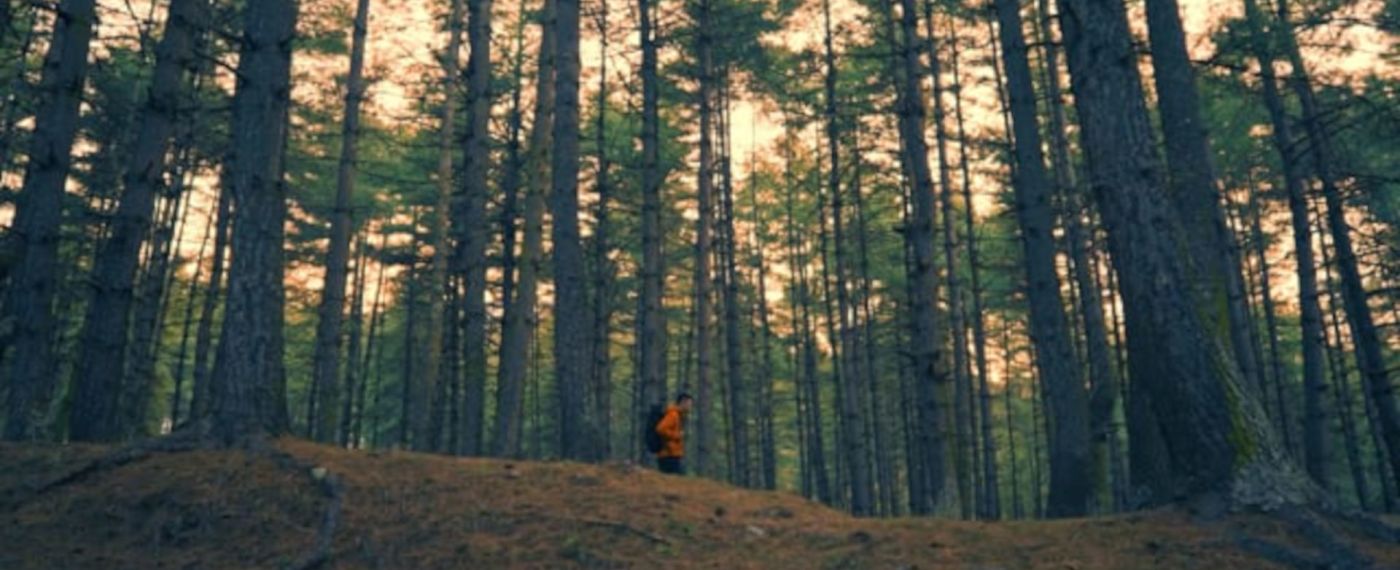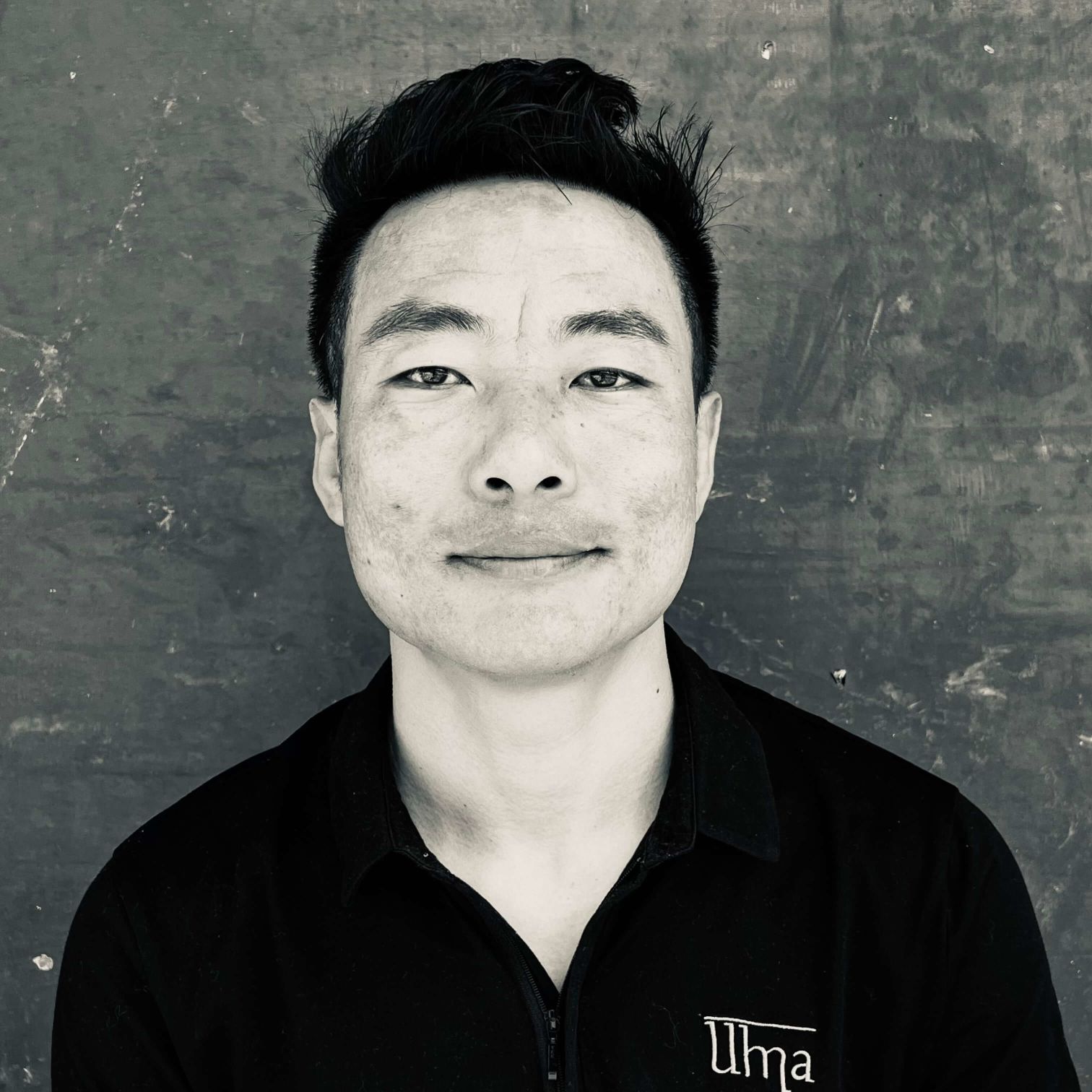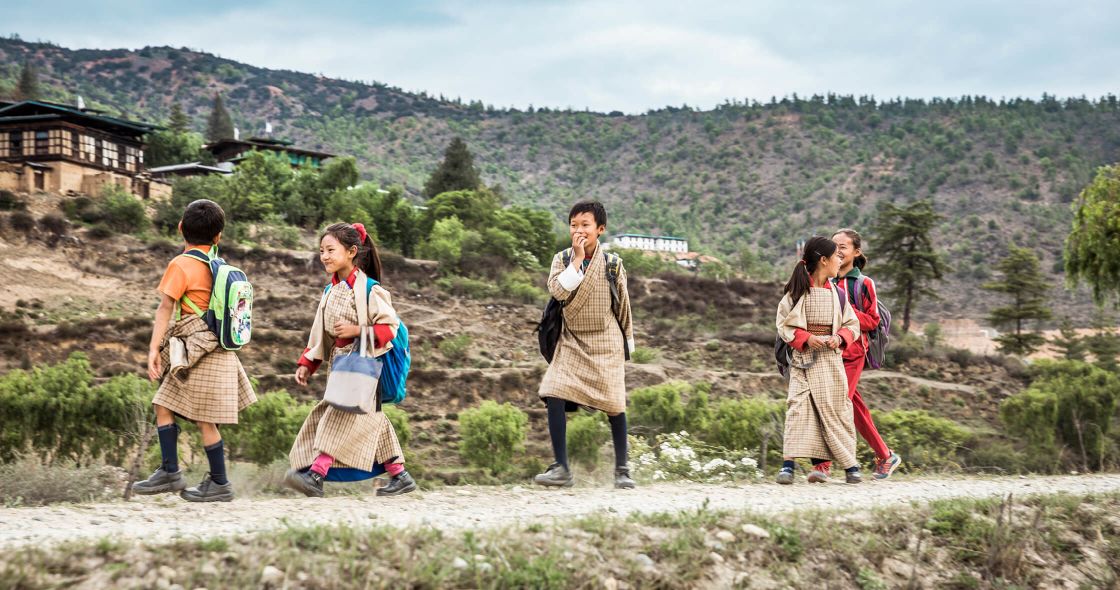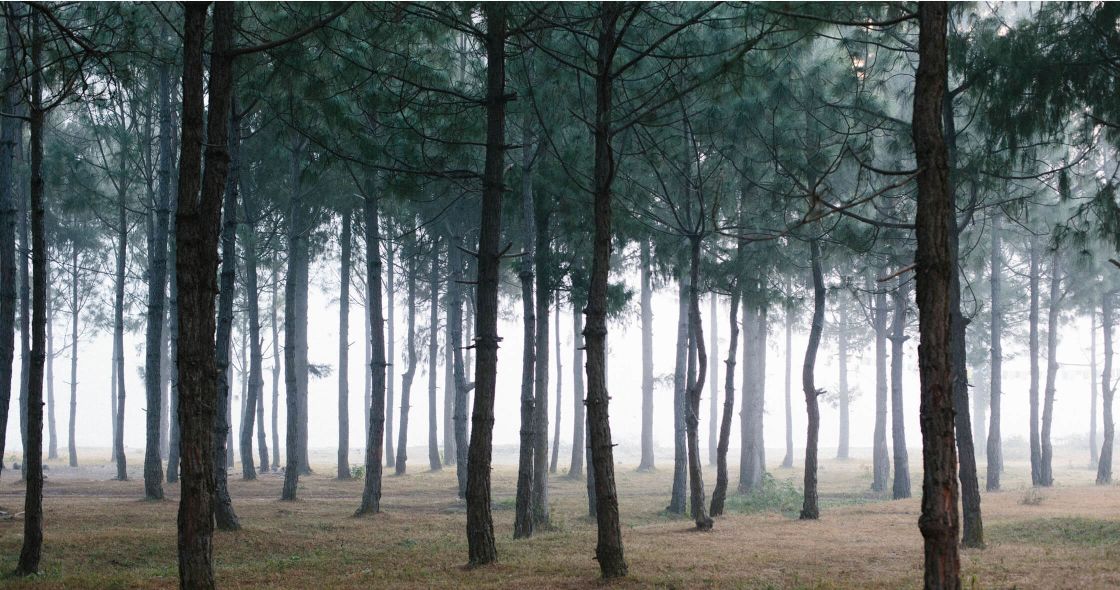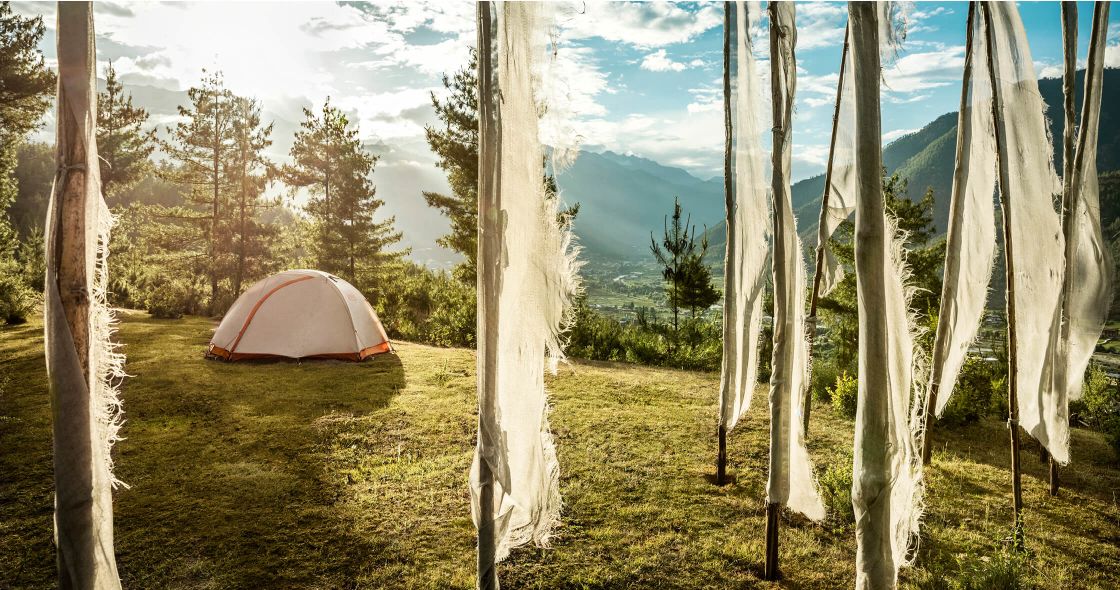What is the significance of the butter lamp ceremony?
The lighting of butter lamps is an everyday act of reverence. It’s part of Buddhist belief, representing the eradication of darkness and ignorance with wisdom and light. Each day, the faithful light butter lamps on home altars to brighten their paths in life’s journey. On special feast days, or when a close relative or friend has passed away, more lamps will be lit. On these occasions, we often use real yak butter to fuel the lamps, instead of the more commonly used solidified vegetable oil.
